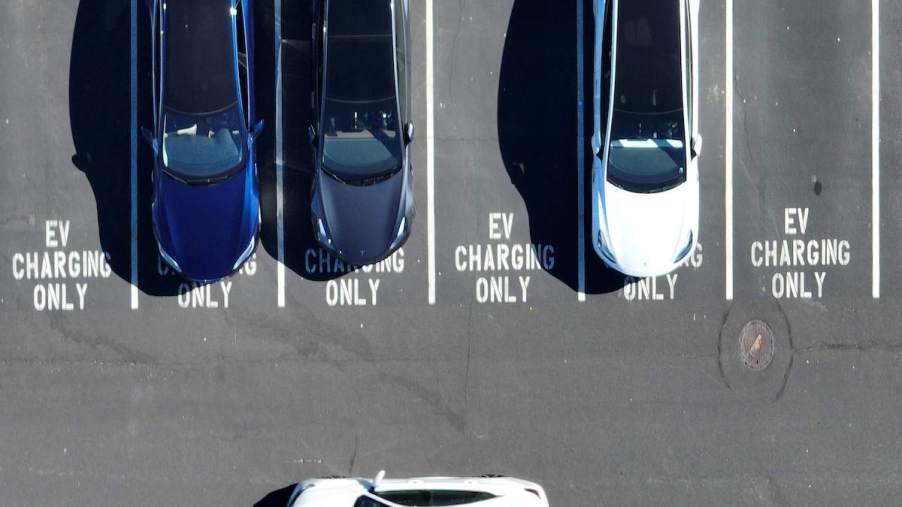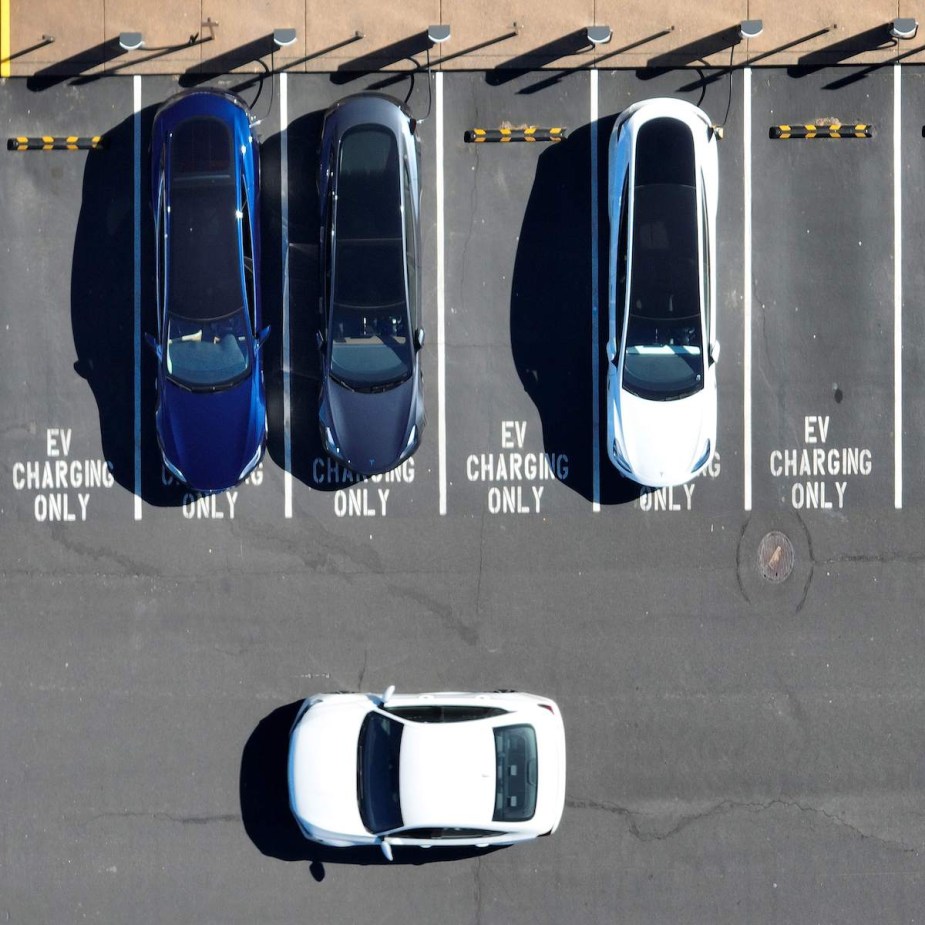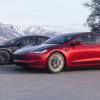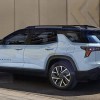
The Worst Charging Network According to EV Owners
Electric vehicles are poised to revolutionize the world, but transitioning to EVs won’t be an easy or simple task. One of the more complex and expensive parts about the transition has to do with charging infrastructure, and America and the world will need a lot of charging stations very soon. Unfortunately, some of the current networks in the U.S. aren’t great, and here’s a look at the worst charging network in America right now.
An overview of J.D. Power’s study on charging networks

J.D. Power recently published its second annual study, that it calls the J.D. Power U.S. Electric Vehicle Experience Public Charging Study. Like the name of the study implies, the purpose of the study is to ask EV owners about what they think of using public chargers in the U.S. The study surveyed over 11,000 people across America, and it asked them about their satisfaction with various aspects of the charging process.
The survey also asked EV owners for their opinions on two types of chargers, Level 2 chargers and DC fast chargers. Owners then rated their satisfaction with those chargers based on 10 categories. Those 10 categories included how easy it was to charge a car, how fast it was to charge a car, the cost of charging the car, and how easy it was to pay for that charging cost.
Drivers were also asked to rate their satisfaction with the location of those charging stations. This included questions about how easy it was to find the charging station, the convenience of the charging station, the safety of that charging station, the physical conditions of the charging station, the availability of chargers, and the things that EV owners can do while they wait for their car to charge at the charging station.
The worst charging networks of them all
After all of that survey data was added up, a charging network could have a maximum score of 1,000. In terms of Level 2 , the segment average was a score of 633. The Level 2 networks that scored below that average were the SemaConnect network, which had a score of 577, and the Blink network, which had a score of 560.
In terms of DC fast charging, the segment average was a score of 674. Most DC fast charging networks actually scored below that average. The ChargePoint DC fast charging scored 644, and Electrify America’s fast charging network had a score of 614. The worst DC fast charging, however, belonged to EVgo, which is a company that’s partnered with General Motors. It has an overall satisfaction score of just 573.
The Tesla Supercharger network was rated the highest of them all
In comparison, Tesla’s charging network did very well in the study. The Tesla Supercharger network was the only DC fast charging network to score above the segment average. It had an overall satisfaction score of 739, making it a significantly more satisfying network to use than EVgo’s. Similarly, Tesla’s Level 2 charging network performed very well.
The Tesla Destination network, which is the name of the automaker’s Level 2 charging network, had an overall satisfaction score of 680. That made it the most satisfying Level 2 charging network to use, and it beat out the networks from Volta and ChargePoint.
While this study highlighted the differences in satisfaction between various charging networks, it’s important to mention that most EV owners were satisfied with how easy it was to charge their car. As a whole, owners gave that category a score of 745. It’s just that, for networks like EVgo and Blink, owners were less satisfied about everything else related to the charging process.



